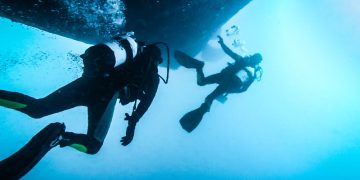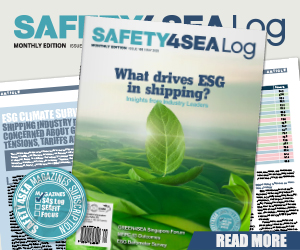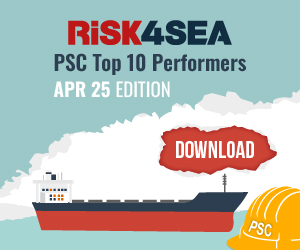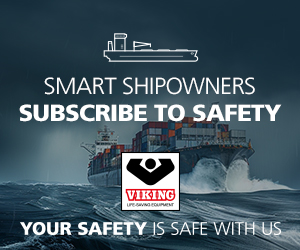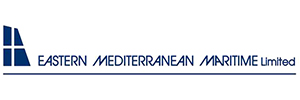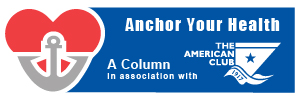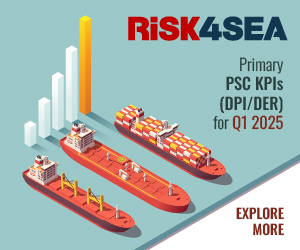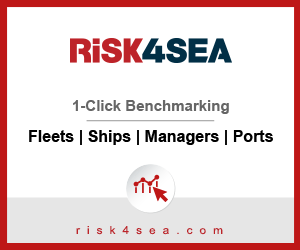During the 2025 SAFETY4SEA Manila Forum, Capt. Sundeep R. Sequeira underscored the importance of fostering crew wellbeing and how a forward-thinking approach can significantly enhance the mental and physical health of seafarers.
Seafarers face a complex array of physical and mental health challenges that significantly impact their wellbeing and safety at sea. Recent case studies have illustrated these struggles firsthand – from coping with emotional distress after a personal loss or harassment, to managing fatigue and avoidance behaviors critical to operational safety.
Fortunately, the maritime industry has increasingly been adopting proactive strategies focused on mental health support, leadership training, gender diversity and digital wellness to foster safer, healthier work environments.
This makes integrating mental and physical care also more and more essential in sustaining seafarers’ wellbeing and ensuring safety across their careers.
Case studies
Recent cases highlight the importance of early psychological support for seafarers. One crew member turned to alcohol after a breakup, leading to an altercation, but early intervention helped her recover and complete her contract.
In a sexual harassment case, the captain sought guidance, resulting in the isolation of the offender, repatriation of the affected crew member and trauma counseling. Another case involved a second officer showing avoidance behavior – counseling helped him stay on duty safely.
In addition, one seafarer, deeply affected by a family loss, was signed off and continues therapy after a three-month break. These cases reflect broader trends, with anxiety as the top mental health concern, followed by psycho-education and family issues as well as common physical health problems including musculoskeletal issues, skin conditions and infections.
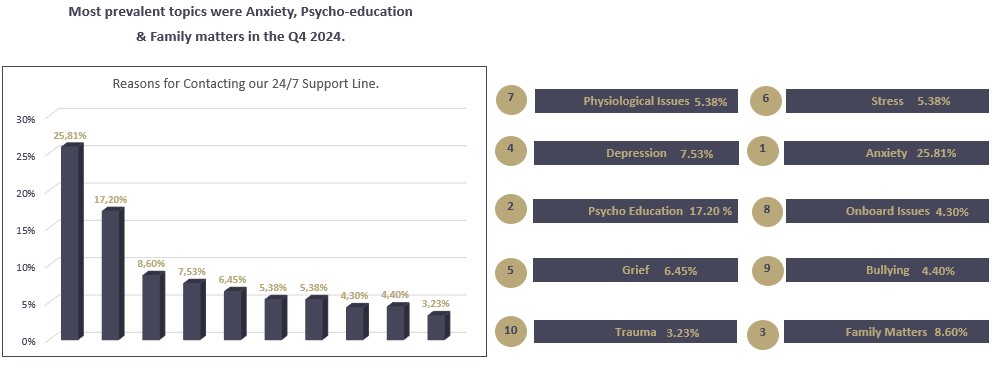 Decline in seafarer happiness
Decline in seafarer happiness
Seafarers face a range of challenges that significantly impact their wellbeing. Limited shore access, inadequate port facilities, and inconvenient transport options restrict rest opportunities, contributing to a growing sense of isolation. To make matters worse, unreliable internet connectivity, which limits communication with family and friends and further diminishes morale.
Additionally, fatigue remains a major concern, driven by long working hours, understaffing, and increasing administrative demands, all of which compromise safety and overall health. Social interaction on board is also affected, as heavy workloads leave little time for meaningful connection among crew members.
Maintaining physical fitness is another struggle due to restricted space, poor-quality equipment, vessel movement and limited nutrition.
Furthermore, sedentary lifestyles and high stress levels elevate long-term health risks, prompting calls for greater investment in onboard fitness resources.
Meanwhile, although training is crucial, its growing volume, particularly in online formats has been found to be disrupting rest and family time, adding to fatigue and dissatisfaction among seafarers.
Adapting to emerging challenges trends in the maritime workplace
Proactive mental health support
- Regular mental health check-ins to address issues early and prevent escalation.
- Transition from reactive to preventive measures, integrating psychological safety as a core element of crew wellbeing strategies.
Empowering leadership and trust building
Training ship officers to foster trust and open communication, enabling seafarers to speak up about mental health or workplace concerns without fear of stigma or retaliation.
Gender diversity
- Addressing the unique challenges faced by female seafarers, such as harassment, isolation, and lack of support networks.
- Promoting gender-specific support, like tailored uniforms, medical supplies and sanitary products.
Bridging generational gaps
- Addressing multigenerational crew challenges in communication, technology, and work expectations.
- Implementation of mentorship programs to align multigenerational crews with differing expectations and skills.
Digital wellness and inclusion
- While social media fosters connection, it must be balanced to protect mental health through mindful use.
- Promoting neurodiversity and fostering inclusive workplaces.
Combatting non-communicable diseases
Leveraging digital health solutions to address the rising prevalence of chronic conditions and aging populations.
Safe work environments
- Implementing whistleblowing platforms for safe reporting of harassment and bullying.
- Preventative health awareness, such as increasing awareness on measures to prevent infections and contagious diseases, while promoting hygiene and self-protection strategies.
- Workplace safety and accident prevention, by raising awareness on safety regulations and protective standards.
Minimum safe manning
The linkage between crew wellbeing and minimum safe manning cannot be under-estimated.
- High pressure affects performance and mental health, crew shortages force unfit crew to work, risking safety, crew wellbeing and operations.
- Importance of Support & Prevention: structured support, strong social networks and preventive measures like exercise, nutrition and supportive social environments can assist in demanding work environments.
Integrating mental wellbeing and physical health is a key strategy to ensure that seafarers are supported throughout their careers. The data, drawn by working with over 700 ships on the medical side and 7,000 vessels in mental health, highlights the importance of integrating physical and psychological care.
Proactive strategies must be adopted, from pre-employment screening to onboard support.
Above article has been edited from Capt. Sundeep Sequeira’s presentation during the 2025 SAFETY4SEA Manila Forum.
Explore more by watching his video presentation here below
The views presented are only those of the authors and do not necessarily reflect those of SAFETY4SEA and are for information sharing and discussion purposes only.

























